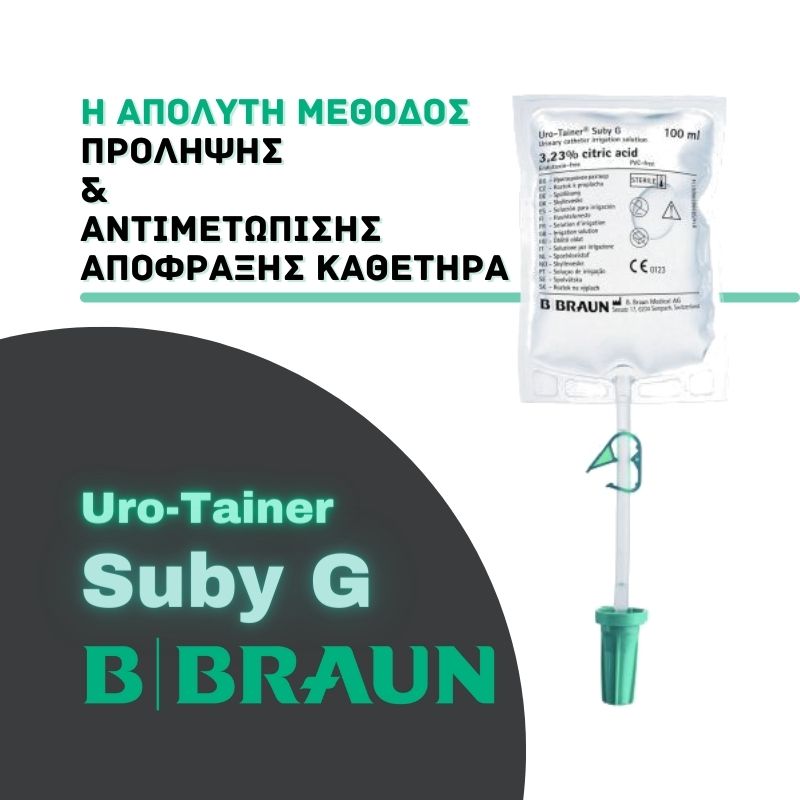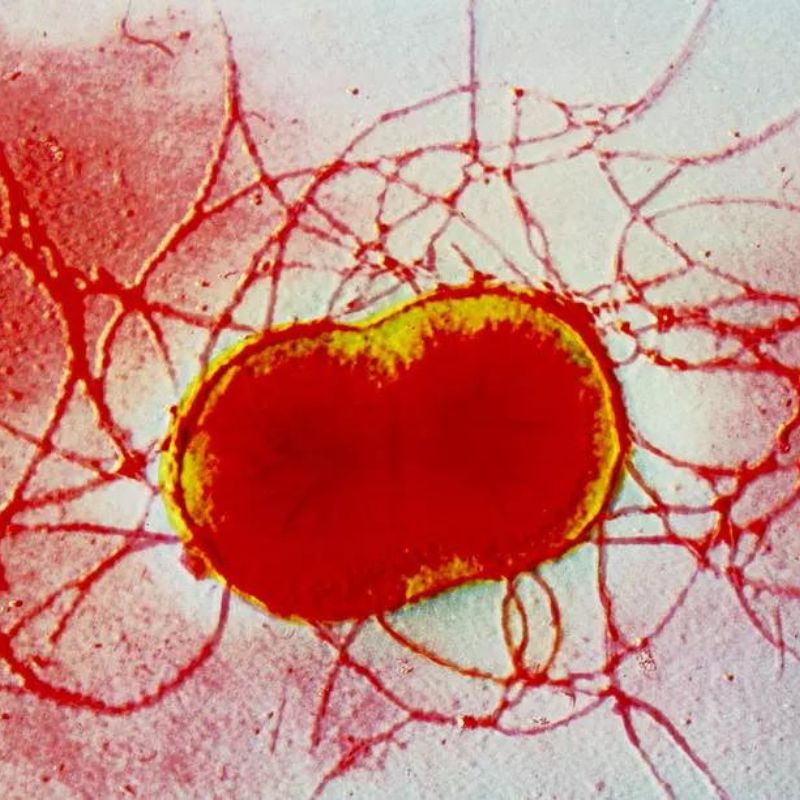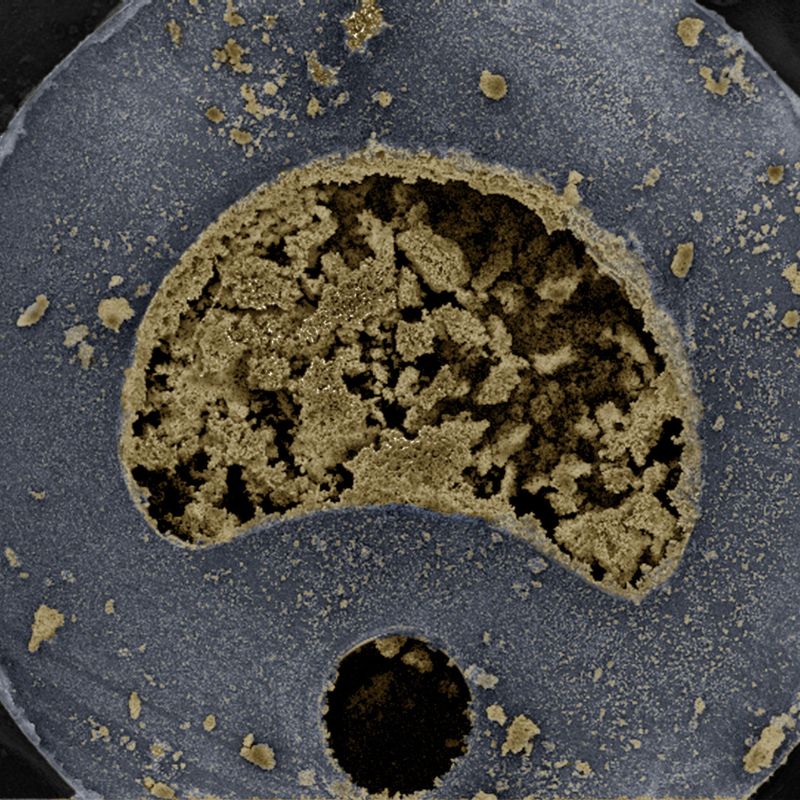One of the most common complications that can occur in catheter users is catheter blockage. Catheter blockages are often formed by the buildup of metals, salts, and crystalline deposits that can clog the holes in the tip of the catheter, preventing complete drainage of urine from the bladder .
Most of the time, a blocked catheter seems like a minor obstruction but can easily develop into a complete blockage. Most often, these “blockages” affect long-term indwelling catheter users .
Placing an indwelling catheter (e.g. Foley) can create various complications such as:
- urinary tract infections ,
- bladder contractions,
- coating the catheter with salts and
- inability to remove the catheter.
As with other urological issues, it is important to resolve catheter blockage promptly . Unresolved blockages can lead to pain, urinary retention, bladder and kidney infections, and may eventually allow urine to flow back into the kidneys, which can lead to serious kidney problems or bloodstream infections, such as kidney failure and sepsis.

Why do salts accumulate in urinary catheters?
The main cause of catheter deposits is various urinary tract infections caused by microbes and bacteria that produce urease, with the usual suspect being Proteus mirabilis , a gram-negative bacterium that is a component of the normal flora.

In addition to urinary tract infections, "proteus" more rarely causes abdominal-pelvic infections, pneumonia, meningitis, osteomyelitis, endocarditis, brain abscess & sepsis.
These microbes colonize the catheter, creating a biofilm. The urease produced by the microbes then converts the urea in the urine into ammonia, making it alkaline. The alkaline environment leads to the formation of calcium and magnesium phosphate crystals, creating a crystalline biofilm that eventually clogs the catheter .
Scale deposits are extremely problematic to deal with and come in two forms.
- Coatings on the inner surface of the catheter that most often cause catheter blockage .
- Coatings on the outer surface that create a substrate for bacteria to grow and stones to form. Coatings of salts on the catheter balloon can make it difficult to deflate the balloon and remove the catheter.
Is my catheter clogged?
If you are using a suprapubic or indwelling Foley catheter and your urinary catheter remains empty, then it is not absolutely certain that it is a catheter blockage.
- Check your underwear .
Tight or narrow underwear can block the flow of urine into the urine collector. It is preferable to wear comfortable and loose underwear. - Check for distortions .
Guide your hands along the tube between the catheter and the urine collection bag to check for any kinks that could obstruct the flow of urine. - Check the fastening tapes
and make sure they fit properly without causing obstructions to the tube or urine collector. - Check the urine collector .
Make sure it is positioned below bladder level, whether you are sitting or lying down, so that urine can flow easily.
If all of the above seems to be working properly but you don't feel the urge to urinate or are experiencing abdominal pain, drink two glasses of water and monitor your catheter for 30 minutes. If no urine passes, contact your doctor or visit a medical facility for immediate help.
Factors that may be a sign of catheter blockage
It is important to pay attention to these warning signs to prevent your catheter from becoming completely blocked.

Clogged probe in the microscope.
- Catheter leak .
If there is urine outside the catheter it may mean that the urine cannot pass through the catheter and is instead leaking around it. - Stomach cramps .
Pain and cramps may be a sign of bladder irritation or the result of excessive pressure placed on the bladder due to constipation. - Bacterial infections .
They make the urine more alkaline, leading to the formation of salts in the tubule. - Additional factors .
Blood clots, bladder and kidney stones can also cause catheter blockage.
Complications of a blocked catheter
A clogged catheter causes:
- Urinary retention.
- Irritation and contractions of the bladder with urine loss around the catheter.
- Pain in the genitals.
- Difficulty removing the catheter which can cause trauma to the urethra.
In very difficult cases, cystotomy may be necessary to remove a blocked catheter, while cases of endoscopic or extracorporeal lithotripsy have even been described.
Catheter blockage prevention
Stay hydrated.
Drinking plenty of fluids can help prevent the build-up of minerals in the urine as well as prevent general bladder irritation. Drinking fluids leads to increased urine production which also helps mechanically clean the urine of germs. It is recommended to avoid alcohol, acidic juices and caffeine as they are dehydrating.
Maintain a healthy fiber intake
Consuming fiber helps avoid constipation, which can put direct pressure on the urethra, causing catheter blockage.
Follow appropriate health protocols
That is, thoroughly washing your hands before handling the catheter, opening the catheter packaging just before insertion, and cleaning the area with a warm cloth before and after inserting the catheter.
Catheter washes
Washing the catheter with aseptic technique can clear the sediment that has formed in the bladder. The most modern and effective method is with Suby G solution , which cleans the walls of the catheter and reduces the microbial load.
Remove the indwelling catheter earlier if you are prone to
Pay close attention to how often your catheter gets clogged and what causes it. Consult your doctor about the replacement period and whether it is possible to change the type of catheter.
Check your urine pH for high alkaline levels
Urine pH levels between 4.5 and 8 are considered normal, but anything below 6.7 can increase the chances of catheter blockage .Citrates and sodium can significantly help make urine less alkaline.


